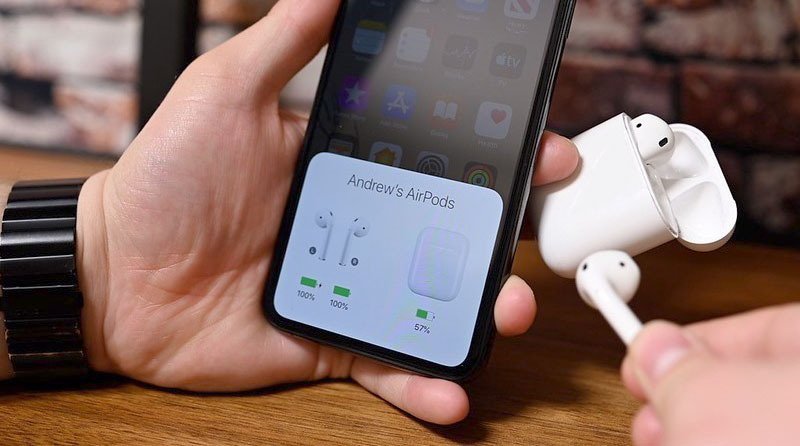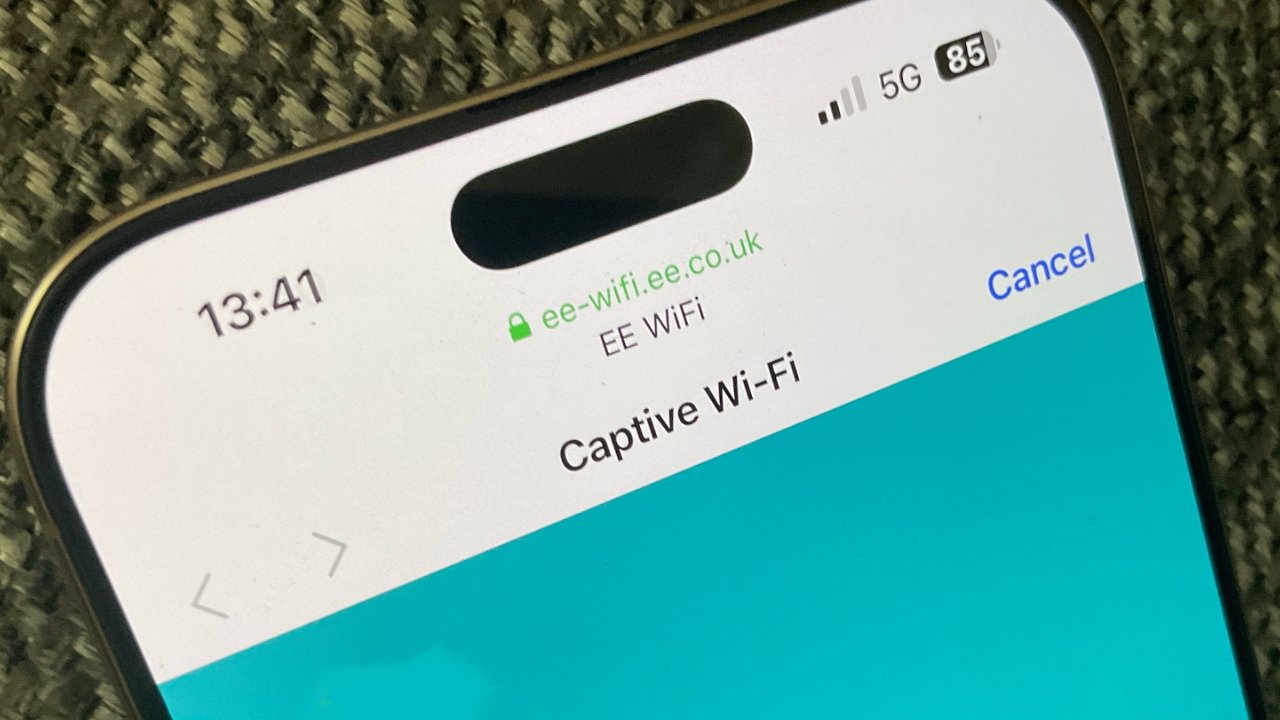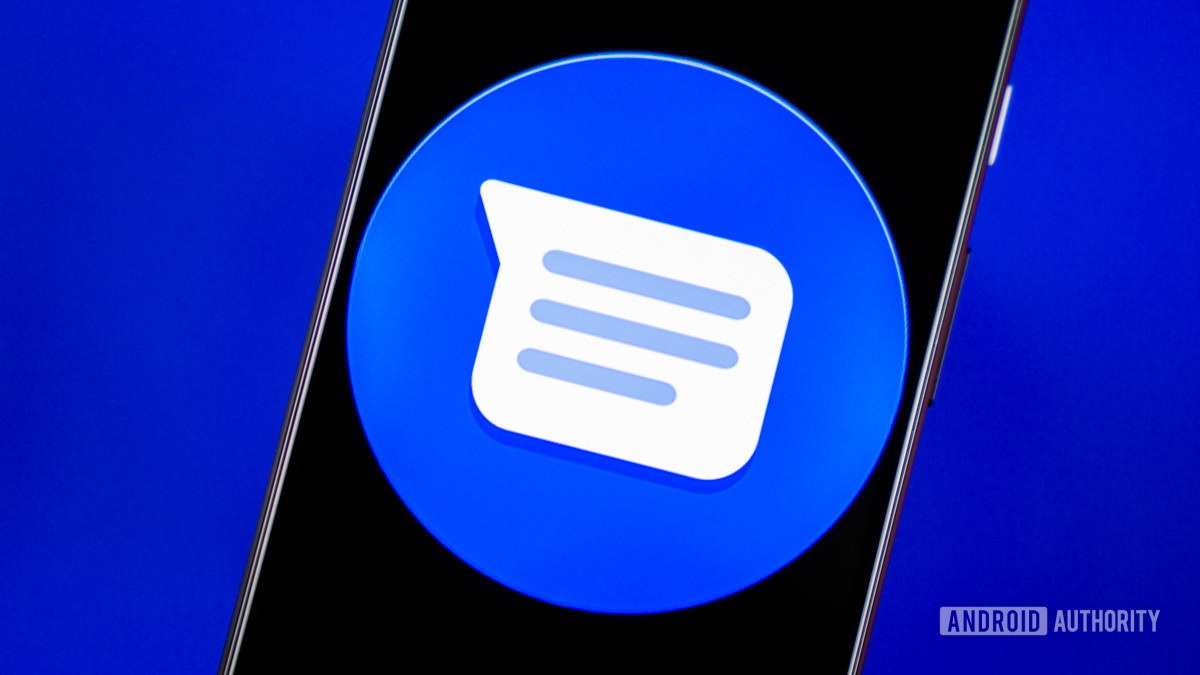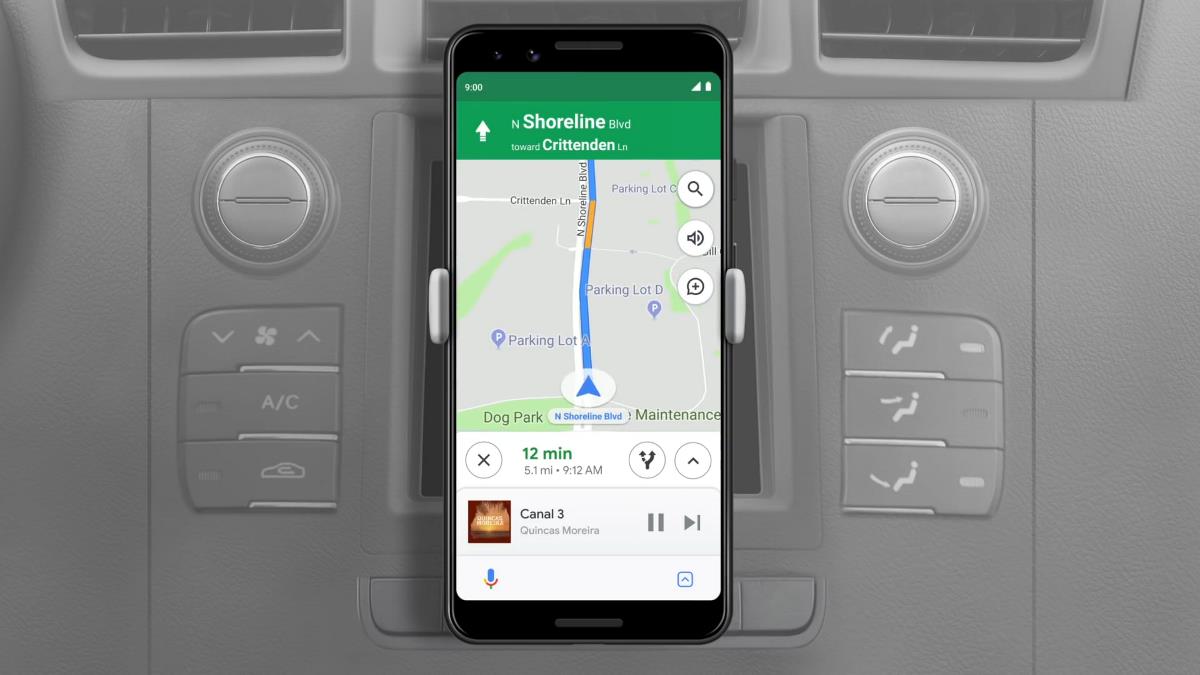How to Implement Google Sign-In with Credential Manager in Android?
Introduction Are you trying to create a seamless login flow using Google Sign-In in your Android application? If you're using the Credential Manager, you might be encountering the traditional Google Sign-In UI instead of the modern one. This article will guide you through implementing Google Sign-In using the Credential Manager, while also providing a fallback mechanism to the standard UI when necessary. Understanding the Credential Manager The Credential Manager is part of Android's support library designed to handle various types of credentials, like passwords and authentication tokens, securely and efficiently. One of the benefits of utilizing the Credential Manager is the reduction of traditional sign-in prompts, as it handles credentials more gracefully. However, some developers find that it still defaults to showing older UI elements. Why You Might See the Traditional Google Sign-In UI The traditional Google Sign-In UI often appears due to several reasons, such as: Configuration Issues: If your project settings, like default_web_client_id, are not set up correctly, it can lead to fallback options. Credential Options: The configuration of the GetSignInWithGoogleOption may not be optimal. Device Compatibility: Some devices may not support the latest UI provided by Google services. Step-by-Step Guide to Implement Google Sign-In Let's take a look at how to implement Google Sign-In using the Credential Manager in Kotlin, along with a fallback to the traditional method when needed. Below is the code you shared, along with enhancements. Step 1: Set Up Your Project Ensure your project has the necessary dependencies in your build.gradle file: implementation 'androidx.credentials:credentials:1.0.0' implementation 'com.google.firebase:firebase-auth:21.0.1' implementation 'com.google.android.gms:play-services-auth:19.2.0' Step 2: Initialize FirebaseAuth and CredentialManager Initialize Firebase Authentication and Credential Manager in your onCreate method: mAuth = FirebaseAuth.getInstance() credentialManager = CredentialManager.create(this) Step 3: Implement Google Sign-In Logic The following function is essential for handling the Google Sign-In flow using Credential Manager: private fun doGoogleSignInUsingCredentialManager() { val gso = GetSignInWithGoogleOption.Builder(getString(R.string.default_web_client_id)) .setNonce(generateNonce()) .build() val request = GetCredentialRequest.Builder() .addCredentialOption(gso) .build() credentialManager.getCredentialAsync( this, request, CancellationSignal(), Executors.newSingleThreadExecutor(), object : CredentialManagerCallback { override fun onResult(response: GetCredentialResponse) { // Handle credential response } override fun onError(e: GetCredentialException) { runOnUiThread { Toast.makeText(this@YourActivity, "No credentials found, falling back to Google Sign-In.", Toast.LENGTH_SHORT).show() launchGoogleSignInFallback() } } } ) } Step 4: Fallback to Traditional Google Sign-In In case the Credential Manager approach fails, ensure you have fallback logic implemented: private fun launchGoogleSignInFallback() { val gso = GoogleSignInOptions.Builder(GoogleSignInOptions.DEFAULT_SIGN_IN) .requestIdToken(getString(R.string.default_web_client_id)) .requestEmail() .build() val signInClient = GoogleSignIn.getClient(this, gso) startActivityForResult(signInClient.signInIntent, RC_GOOGLE_SIGN_IN) } Step 5: Handle OnActivityResult Handle the result of the sign-in process accordingly in the onActivityResult method: override fun onActivityResult(requestCode: Int, resultCode: Int, data: Intent?) { super.onActivityResult(requestCode, resultCode, data) if (requestCode == RC_GOOGLE_SIGN_IN) { val task = GoogleSignIn.getSignedInAccountFromIntent(data) if (task.isSuccessful) { val account = task.result firebaseAuthWithGoogle(account.idToken) } else { Toast.makeText(this, "Google Sign-In failed", Toast.LENGTH_SHORT).show() } } } Frequently Asked Questions Q1: Why does the new Google Sign-In UI not show? The new UI may not show due to improper configurations or the device's compatibility with the latest Google Play Services. Q2: Can I use both Credential Manager and traditional methods? Yes, many developers implement both approaches to ensure a smooth user experience regardless of the credential manager's effectiveness. Conclusion By following these steps, you can effectively implement Google Sign-In within your Android application using the Credential Manager while providing a necessary fallback. Test the feature on various devices to ensure consistent user experience. Happy coding!

Introduction
Are you trying to create a seamless login flow using Google Sign-In in your Android application? If you're using the Credential Manager, you might be encountering the traditional Google Sign-In UI instead of the modern one. This article will guide you through implementing Google Sign-In using the Credential Manager, while also providing a fallback mechanism to the standard UI when necessary.
Understanding the Credential Manager
The Credential Manager is part of Android's support library designed to handle various types of credentials, like passwords and authentication tokens, securely and efficiently. One of the benefits of utilizing the Credential Manager is the reduction of traditional sign-in prompts, as it handles credentials more gracefully. However, some developers find that it still defaults to showing older UI elements.
Why You Might See the Traditional Google Sign-In UI
The traditional Google Sign-In UI often appears due to several reasons, such as:
-
Configuration Issues: If your project settings, like
default_web_client_id, are not set up correctly, it can lead to fallback options. -
Credential Options: The configuration of the
GetSignInWithGoogleOptionmay not be optimal. - Device Compatibility: Some devices may not support the latest UI provided by Google services.
Step-by-Step Guide to Implement Google Sign-In
Let's take a look at how to implement Google Sign-In using the Credential Manager in Kotlin, along with a fallback to the traditional method when needed. Below is the code you shared, along with enhancements.
Step 1: Set Up Your Project
Ensure your project has the necessary dependencies in your build.gradle file:
implementation 'androidx.credentials:credentials:1.0.0'
implementation 'com.google.firebase:firebase-auth:21.0.1'
implementation 'com.google.android.gms:play-services-auth:19.2.0'
Step 2: Initialize FirebaseAuth and CredentialManager
Initialize Firebase Authentication and Credential Manager in your onCreate method:
mAuth = FirebaseAuth.getInstance()
credentialManager = CredentialManager.create(this)
Step 3: Implement Google Sign-In Logic
The following function is essential for handling the Google Sign-In flow using Credential Manager:
private fun doGoogleSignInUsingCredentialManager() {
val gso = GetSignInWithGoogleOption.Builder(getString(R.string.default_web_client_id))
.setNonce(generateNonce())
.build()
val request = GetCredentialRequest.Builder()
.addCredentialOption(gso)
.build()
credentialManager.getCredentialAsync(
this,
request,
CancellationSignal(),
Executors.newSingleThreadExecutor(),
object : CredentialManagerCallback {
override fun onResult(response: GetCredentialResponse) {
// Handle credential response
}
override fun onError(e: GetCredentialException) {
runOnUiThread {
Toast.makeText(this@YourActivity, "No credentials found, falling back to Google Sign-In.", Toast.LENGTH_SHORT).show()
launchGoogleSignInFallback()
}
}
}
)
}
Step 4: Fallback to Traditional Google Sign-In
In case the Credential Manager approach fails, ensure you have fallback logic implemented:
private fun launchGoogleSignInFallback() {
val gso = GoogleSignInOptions.Builder(GoogleSignInOptions.DEFAULT_SIGN_IN)
.requestIdToken(getString(R.string.default_web_client_id))
.requestEmail()
.build()
val signInClient = GoogleSignIn.getClient(this, gso)
startActivityForResult(signInClient.signInIntent, RC_GOOGLE_SIGN_IN)
}
Step 5: Handle OnActivityResult
Handle the result of the sign-in process accordingly in the onActivityResult method:
override fun onActivityResult(requestCode: Int, resultCode: Int, data: Intent?) {
super.onActivityResult(requestCode, resultCode, data)
if (requestCode == RC_GOOGLE_SIGN_IN) {
val task = GoogleSignIn.getSignedInAccountFromIntent(data)
if (task.isSuccessful) {
val account = task.result
firebaseAuthWithGoogle(account.idToken)
} else {
Toast.makeText(this, "Google Sign-In failed", Toast.LENGTH_SHORT).show()
}
}
}
Frequently Asked Questions
Q1: Why does the new Google Sign-In UI not show?
The new UI may not show due to improper configurations or the device's compatibility with the latest Google Play Services.
Q2: Can I use both Credential Manager and traditional methods?
Yes, many developers implement both approaches to ensure a smooth user experience regardless of the credential manager's effectiveness.
Conclusion
By following these steps, you can effectively implement Google Sign-In within your Android application using the Credential Manager while providing a necessary fallback. Test the feature on various devices to ensure consistent user experience. Happy coding!




































































































































































![[The AI Show Episode 145]: OpenAI Releases o3 and o4-mini, AI Is Causing “Quiet Layoffs,” Executive Order on Youth AI Education & GPT-4o’s Controversial Update](https://www.marketingaiinstitute.com/hubfs/ep%20145%20cover.png)




























































































































![[DEALS] Internxt Cloud Storage Lifetime Subscription: 10TB Plan (88% off) & Other Deals Up To 98% Off – Offers End Soon!](https://www.javacodegeeks.com/wp-content/uploads/2012/12/jcg-logo.jpg)
![Ditching a Microsoft Job to Enter Startup Purgatory with Lonewolf Engineer Sam Crombie [Podcast #171]](https://cdn.hashnode.com/res/hashnode/image/upload/v1746753508177/0cd57f66-fdb0-4972-b285-1443a7db39fc.png?#)







































































































































































































































![What Google Messages features are rolling out [May 2025]](https://i0.wp.com/9to5google.com/wp-content/uploads/sites/4/2023/12/google-messages-name-cover.png?resize=1200%2C628&quality=82&strip=all&ssl=1)
![[Fixed] Gemini 2.5 Flash missing file upload for free app users](https://i0.wp.com/9to5google.com/wp-content/uploads/sites/4/2025/03/google-gemini-workspace-1.jpg?resize=1200%2C628&quality=82&strip=all&ssl=1)











![So your [expletive] test failed. So [obscene participle] what?](https://regmedia.co.uk/2016/08/18/shutterstock_mobile_surprise.jpg)


![Apple Shares 'Last Scene' Short Film Shot on iPhone 16 Pro [Video]](https://www.iclarified.com/images/news/97289/97289/97289-640.jpg)
![Apple M4 MacBook Air Hits New All-Time Low of $824 [Deal]](https://www.iclarified.com/images/news/97288/97288/97288-640.jpg)
![An Apple Product Renaissance Is on the Way [Gurman]](https://www.iclarified.com/images/news/97286/97286/97286-640.jpg)
![Apple to Sync Captive Wi-Fi Logins Across iPhone, iPad, and Mac [Report]](https://www.iclarified.com/images/news/97284/97284/97284-640.jpg)










































![Apple's 11th Gen iPad Drops to New Low Price of $277.78 on Amazon [Updated]](https://images.macrumors.com/t/yQCVe42SNCzUyF04yj1XYLHG5FM=/2500x/article-new/2025/03/11th-gen-ipad-orange.jpeg)




















































